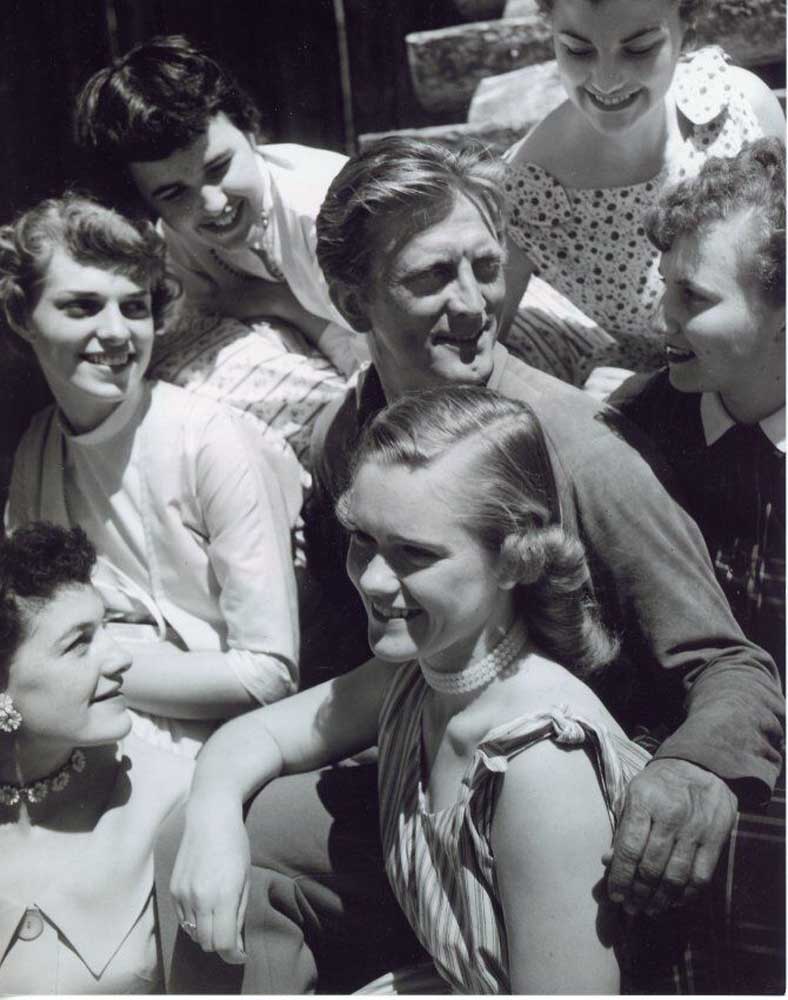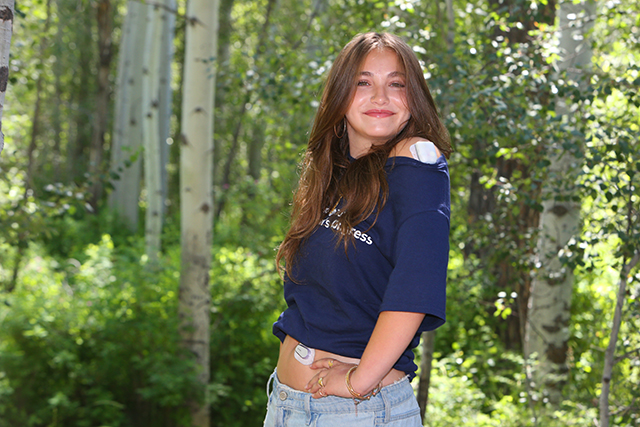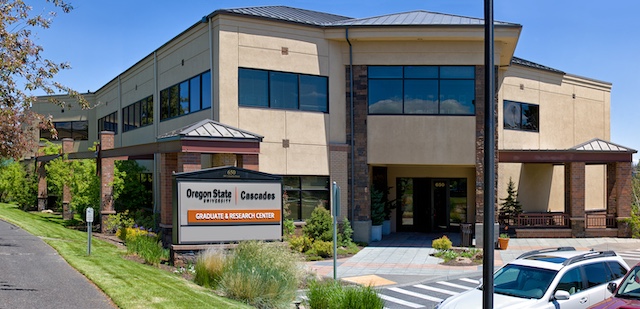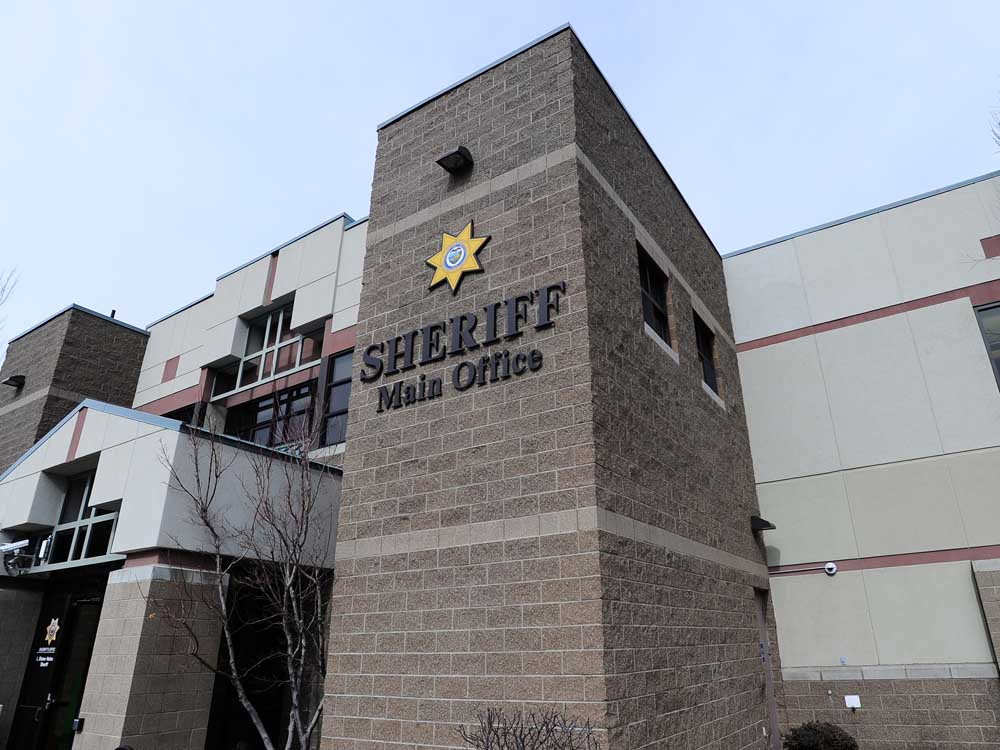Deschutes Historical Museum readies exhibit on movies made in Central Oregon
Published 1:00 pm Tuesday, April 6, 2021

- Actor Kirk Douglas sits with the Water Pageant Princesses in 1955.
From the explosive slopes of pre-1980 Mount St. Helens to the Black Forest of Germany, to Wild West locales and dystopian landscapes, Central Oregon has been a backdrop for the silver screen for more than 70 years. Movie nerds soon can learn all about it with the Deschutes Historical Museum’s new ongoing exhibit on those films. And while we may be known for our hiking, skiing, beer, weather and even dogs, we’re not really known for the movies that were filmed here.
“We’re like the B-movie capital of the world!” joked Rebekah Averette, collections manager at the Deschutes Historical Museum as she and executive director Kelly Cannon-Miller worked to complete the new exhibit last week. Their hope is to have it up and running in another week.
Trending
“We’ve been really focusing on bringing stories from the second half of the 20th century to life,” said Cannon-Miller. “A lot of people know the story of the mills, they know the story of the forest, but there are all kinds of interesting things that have happened over time here and… there are some associations with the movie industry that have kind of become urban legend.”
Legends
Fort Benham was not a real fort. It was constructed for “The Indian Fighter” starring Kirk Douglas, and according to Cannon-Miller, there are still some who think it was a real Native American or old military camp.
According to a 1993 article from “Cascades East,” the actor’s production company, Byrna Productions, wanted to build a more permanent set for future films to be shot at. The company along with the Bend Chamber of Commerce put money into the construction of the log fort built near Benham Falls.
Brooks-Scanlon and Lelco lumber mills provided the wood, local workers were hired to build it and $30,000 later, the movie fort was standing.
“It did get used periodically over the next 10 years,” said Cannon-Miller. “But it wasn’t necessarily built for longevity.”
Trending
Eventually, the wood began to rot and people would throw parties in it making it a health and fire hazard. It was finally torn down in 1963 and trees were planted over it the site.
“This is still recent enough history that’s routinely on things like social media you’ll see … (people posting) ‘I ran into John Wayne at Bi-Mart! We ran into Kevin Costner!’” said Cannon-Miller, adding that she is “really sad” she doesn’t get many stories about Don Knotts or Tim Conway from when they were in the area filming “The Apple Dumpling Gang,” released in 1975.
Personal stories
The bulk of the exhibit lay in posters and lobby cards acquired by the museum as well as photographs and stories in its collections and ones passed on from community members.
“We have a lot of volunteers and people in the community that we meet here that were extras in the movie, or worked in The Pine Tavern when Katharine Hepburn and John Wayne were in there,” said Averette, “Everybody seems to have some sort of story.”
The museum itself even has its own 15 minutes — or 15 seconds — of fame, said Cannon-Miller.
“At the beginning of the really bad movie, ‘Up the Creek,’ which wanted to be like ‘Animal House,’” she said, with Averette sarcastically adding, “It’s a real classic.”
“They used the museum for a week and made the front look like it was a frat house,” Cannon-Miller said. “We have some lovely correspondence between the museum staff and the movie crew because they didn’t come clean up after themselves.”
Included with the letters is a green hoodie with “Nevada State U” printed across it, a fictional university created for the 1984 film starring Tim Matheson. The costume piece belongs to the museum volunteer and extra in the film, Steve Stenkamp
The exhibit also features a large, metal film projector from the Tower Theatre, which, Averette says, was one of the inspirations for the movie-themed showcase because it is incredibly heavy — it was easier to create an exhibit around it, she joked.
“Basically, we were like, how can we get more contemporary culture into the museum,” Averette said. “It’s one of those things where once we started talking about this a little bit … we had all these people come out of the woodwork with these great stories so it …seems like the community has a real personal connection to a lot of these movies.”
And the museum is always looking for more stories to add to the collection said Cannon-Miller: “If people have photographs of themselves being extras, we would love copies.”
If you were involved in a movie production filmed in Central Oregon or have photos or props, the Deschutes Historical Museum wants to hear from you!
Email your story to info@deschuteshistory.org to share your piece of history.
“Canyon Passage” (1945)
“Golden Earrings” (1946)
“The Indian Fighter” (1955)
“The Oregon Passage” (1957)
“Tonka” later renamed “A Horse Called Comanche” (1958)
“Day of the Outlaw” (1959)
“Have Gun Will Travel” (1959)
“The Incredible Journey” (1963)
“Mara of the Wilderness” (1965)
“The Way West” (1966)
“American Wilderness” (1971), documentary
“Island at the Top of the World” (1973)
“The Apple Dumpling Gang” (1974)
“Sasquatch, the Legend of Bigfoot” (1976)
“Rooster Cogburn” (1974)
“Three Warriors” (1976)
“Hot Lead & Cold Feet” (1977)
“How the West Was Won” (1978) mini-series
“St. Helens” (1981)
“Up the Creek” (1982)
“Love at Large” (1989)
“Grand Tour” later renamed “Timescape” (1990)
“Homeward Bound: The Incredible Journey” (1991)
“Even Cowgirls Get the Blues” (1992)
“The Postman” (1997)
“Swordfish” (2001)
“Into the Wild” (2007)
“Management” (2008)
“The Wait” (2013)
“Wild” (2014)








